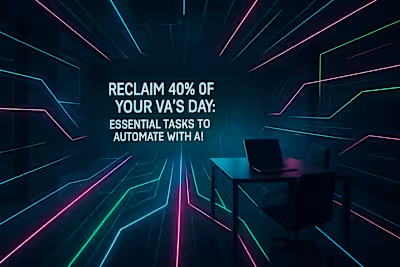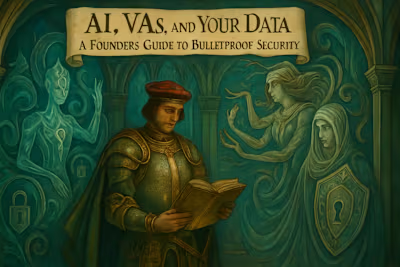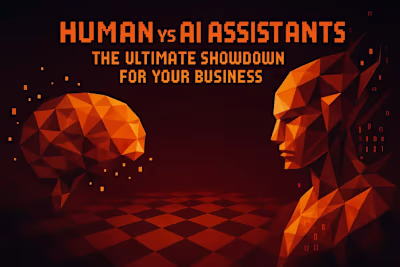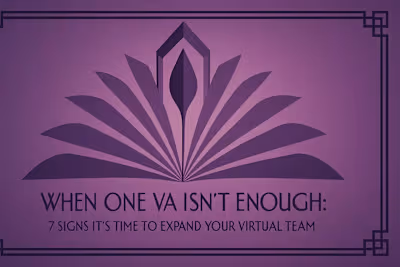The Human Touch: 5 Critical Tasks to Keep Off AI's To-Do List

The Human Touch: 5 Critical Tasks to Keep Off AI's To-Do List
Why the Human Element Still Reigns Supreme
Task 1: High-Stakes Client and Partner Communication
Handling Delicate Negotiations
Managing VIP Client Accounts
Task 2: Complex Strategic Planning and Decision-Making
Setting Business Goals and Vision
Interpreting Complex Market Dynamics
Task 3: Handling Sensitive Customer Complaints and Escalations
Task 4: Final Creative Judgment and Brand Voice
Approving Final Marketing Copy and Designs
Crafting Personal and High-Impact Messaging
Task 5: Team Morale and Culture-Building
The Path Forward: Embracing Human-AI Collaboration
References
The Human Touch: 5 Critical Tasks to Keep Off AI's To-Do List
Why the Human Element Still Reigns Supreme
Task 1: High-Stakes Client and Partner Communication
Handling Delicate Negotiations
Managing VIP Client Accounts
Task 2: Complex Strategic Planning and Decision-Making
Setting Business Goals and Vision
Interpreting Complex Market Dynamics
Task 3: Handling Sensitive Customer Complaints and Escalations
Task 4: Final Creative Judgment and Brand Voice
Approving Final Marketing Copy and Designs
Crafting Personal and High-Impact Messaging
Task 5: Team Morale and Culture-Building
The Path Forward: Embracing Human-AI Collaboration
References
Posted Jun 30, 2025
Automation is powerful, but it has limits. Discover the 5 essential business tasks where the human touch of a virtual assistant is irreplaceable for building relationships and driving real growth.









